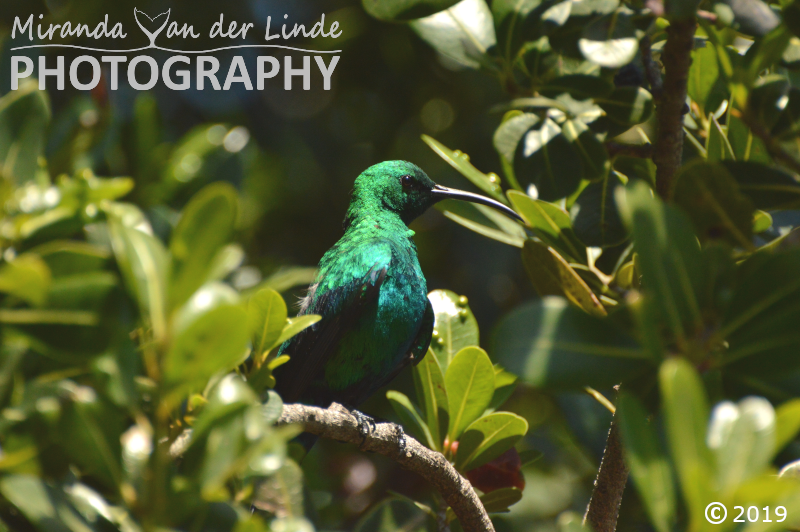As the winter progresses the sea sightings start to ramp up along the South African coast. Cetacean (whales and dolphins) sightings are best this time of they year, in particular Southern right whales will often put on a good show (e.g. breaching as shown in the photos below). It's also a good time and place to encounter a variety of other species, such as Cape fur seals, sharks and a range of marine birds.
Sunday, 30 June 2024
September sea sightings
Sunday, 23 June 2024
Social southern right whales
Southern right whales congregate in South African breeding grounds to mate and calve during the winter. During this time these whales are often very active and will put on displays such as breaching, lobtailing and spyhopping. They also spend a lot of time interacting with each other as well as with their environment (such as through rolling and surfing in the waves and playing with seaweed).
Thursday, 20 June 2024
Humpback whales in South Africa
Humpback whales are found in all the major oceans and undertake some of the longest migrations of any animal in the world. South Africa is one such place that humpback whales migrate past, as they move seasonally between their southern ocean feeding grounds and their warm water breeding grounds. No matter how many humpback whales I see, I can never get enough. It's always exhilarating seeing these gentle giants leaping out of the water. Humpback whales are very well known for their aerial displays that includes breaching (as in the photographs below), spyhopping, lobtailing and pectoral fin slapping.
Monday, 17 June 2024
My first brindle baby
Not all Southern right whales have a dark colouration. About 4% of calves are born with a 'brindle' pigmentation pattern. These brindle whales are almost completely white, with variable dark spots and a speckled black colour around the neck region. With such a small percentage of brindle whales in the population I was very excited to see my first brindle baby while whale watching in South Africa!
Tuesday, 11 June 2024
South African land birds
The variety and beauty of land birds in South Africa is astounding. Below is just a small sample of species I managed to photograph. My favourite would have to be the sunbirds with their stunning plumage. The orange-breasted sunbird is one fine example. This species is endemic to the fynbos shrubland of Southwestern South Africa.
Sunday, 9 June 2024
Rare dolphins in South Africa
After being in the Azores with an almost certain chance of sighting several dolphin species every day, it was quite different off the coast of South Africa where whale sightings are common but dolphins much rarer. A few different species can be seen off the South African coast, but encounters were low at least for the winter months that I spent off the Western Cape. This made it all the more special for crew and passengers alike when dolphins were encountered.
Indian Ocean humpback dolphins are resident and always present in key areas, but their critically endangered status and small group sizes in the shallows means that sightings were rare and treasured. Common dolphins were not commonly seen, despite their name, but this is a species I saw almost daily in the Azores. The Indo-Pacific bottlenose dolphins I saw in South Africa was a new species for my list.
In total in the winter months I spent in South Africa we encountered Indian Ocean humpback dolphins 19 days, common dolphins 4 days and Indo-Pacific bottlenose dolphins 4 days. Below are a few photos I managed to snap of these slightly more rare encounters:
Saturday, 8 June 2024
Southern right whales breeding in South Africa
My 2019 whale watching season that I spent with Dyer Island Cruises coincided with the Southern right whale breeding season. Every year from about July to November large numbers of these whales congregate in mating and calving grounds such as along the southern tip of South Africa. After a gestation period of 12-13 months, a calf of 4-5 metres in length is born. While the adults are engaged in mating or calving they will be fasting and living off their fat reserves. By the end of the calving season, lactating mothers would have lost a third of their body weight. Therefore, for the remainder of the year, Southern right whales will head to more productive subantarctic waters to feed and regain their massive weight of up to 80 tonnes. Did you know that right whales have the largest testes in the world?! Each one can reach up to 500kg!


.png)
.png)
.png)
.png)
.png)
.png)
.png)
.png)
.png)
.png)

.png)
.png)
.png)
.png)

.png)
.png)
.png)
.png)
.png)









.png)
.png)
.png)



.png)


.png)